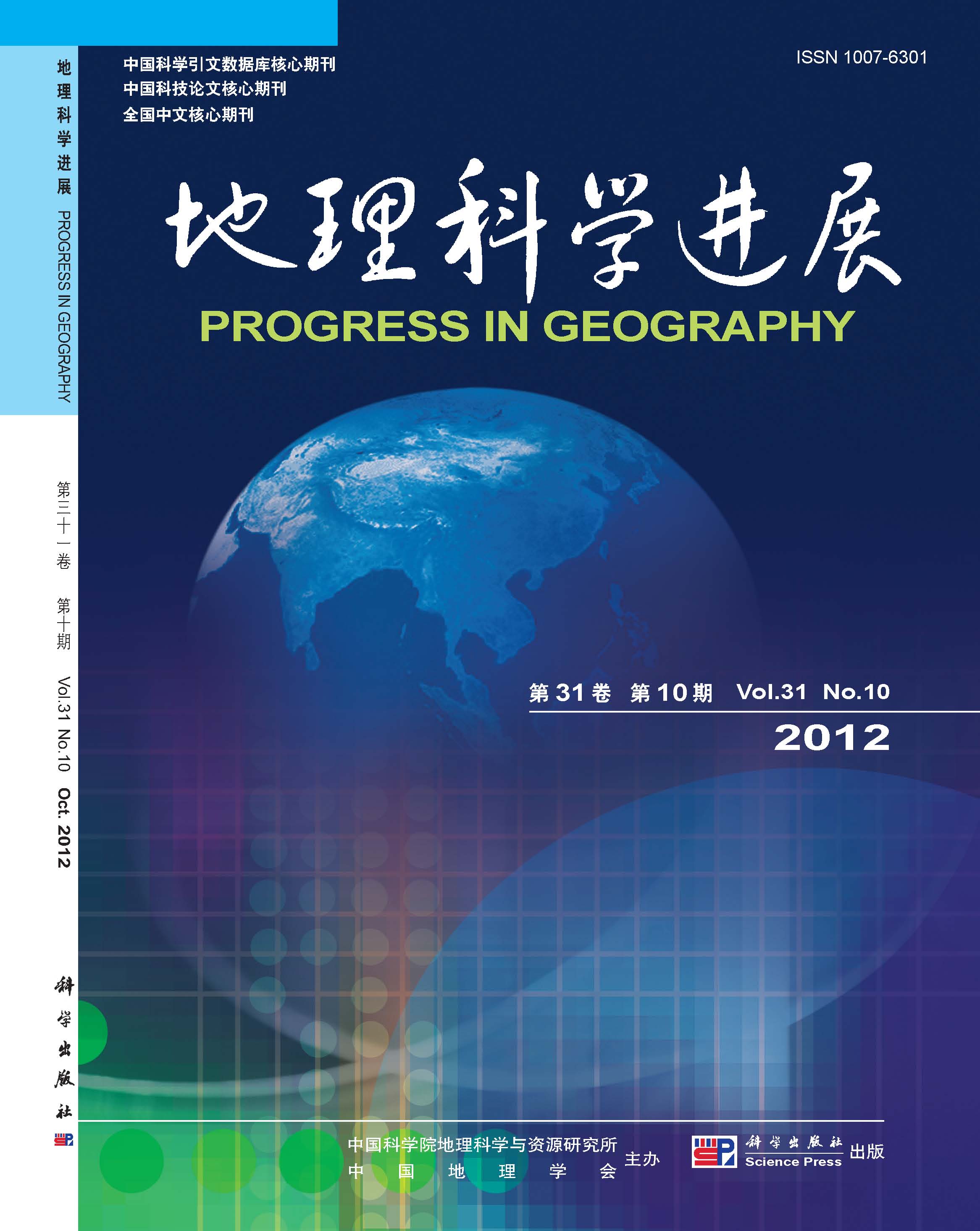Original Articles
ZHAI Qing, ZHEN Feng, KANG Guoding
Employment and residential space is an integrated part of urban space. It is also becoming the focus of urban geography. The influence of information and communication technology, which has permeated into different aspects of residential production and living, is beyond the traditional influence in terms of work-residence separation, which arouses broad concern from home and abroad. Through empirical research and factor analysis great achievements have been made. This paper, taking Nanjing, a higher level of information and economy city as an example, conducts a household survey. In the survey, two indicators were selected: residential socio-economic attributes and residential information level, followed by eight subdivided indicators: gender, age, type of occupation, personal monthly income, the number of mobile phone owned by individuals, the number of family- owned portable computer, mobile internet traffic, and the length of home network. This paper, from ICT development perspective, aims to analyze the influence of home-work separation. The paper has obtained 477 valid questionnaires survey data and built an ordered multinomial logistic regression model. The paper puts forward three theoretical assumptions, which have been partially validated through empirical analysis. First, taking into account only the residential socio-economic attributes, residents engaged in service industry are negatively correlated to work-residence separation, while residents engaged in manufacturing industry have no relevance. Second, mobile internet traffic and the length of home network has significant, but weaker positive relevance, but the number of mobile phones owned by individuals and the number of family-owned portable computers have no correlation with work-residence separation. Third, personal monthly income has the biggest positive relevance, while gender and age has no correlation with work-residence separation.
In the context of information and communication technologies, the research on work-residence separation is of great value since it can be comprehensively analyzed from different perspectives of urban living space, urban employment space and urban residential behavior. However, the impact of information and communication technologies is an ongoing complex process, and it has emerged as time goes on. Currently, ICT can not function well enough to identify the impact on work-residence separation yet. Relevant outcome needs further study.
